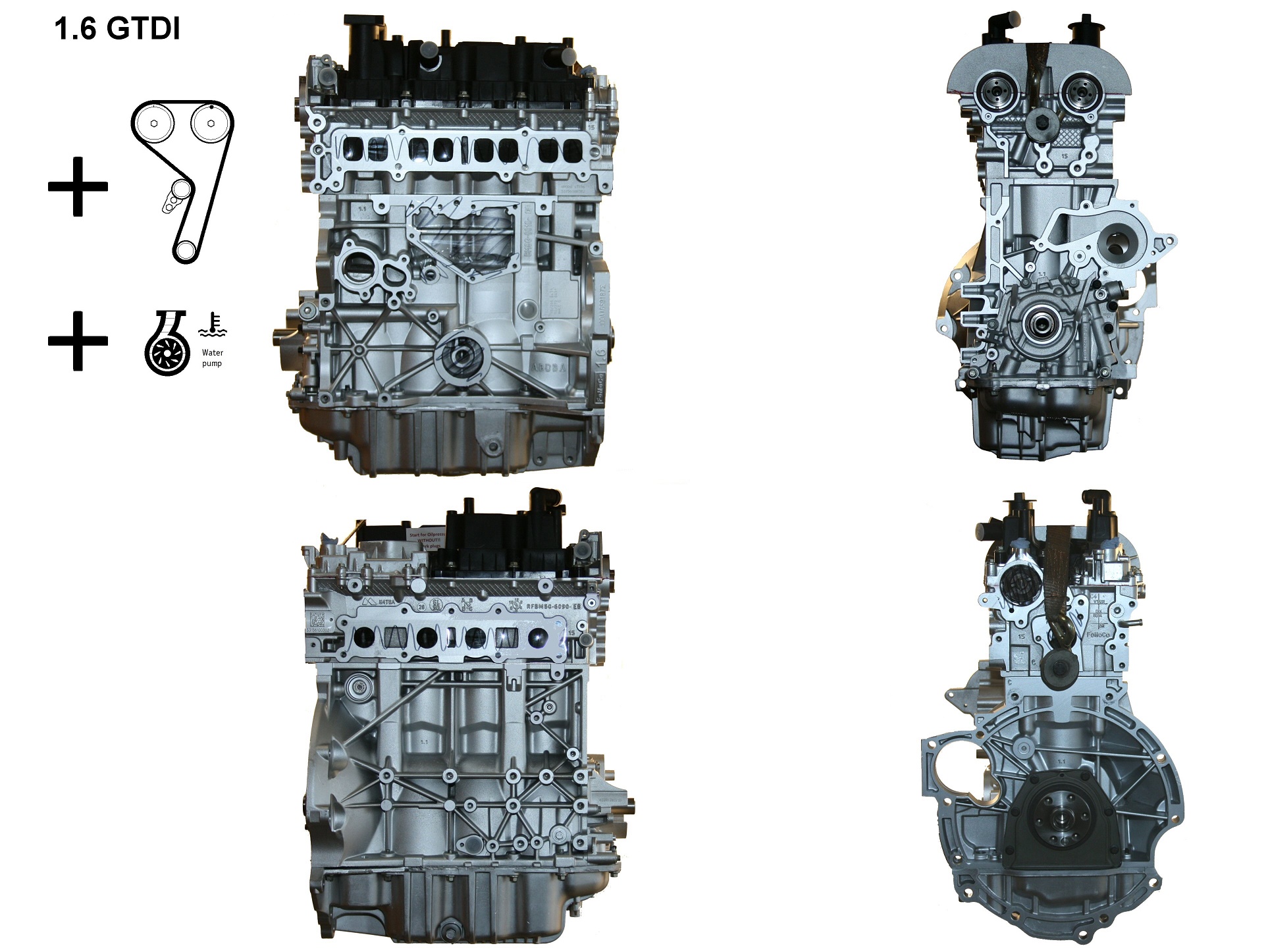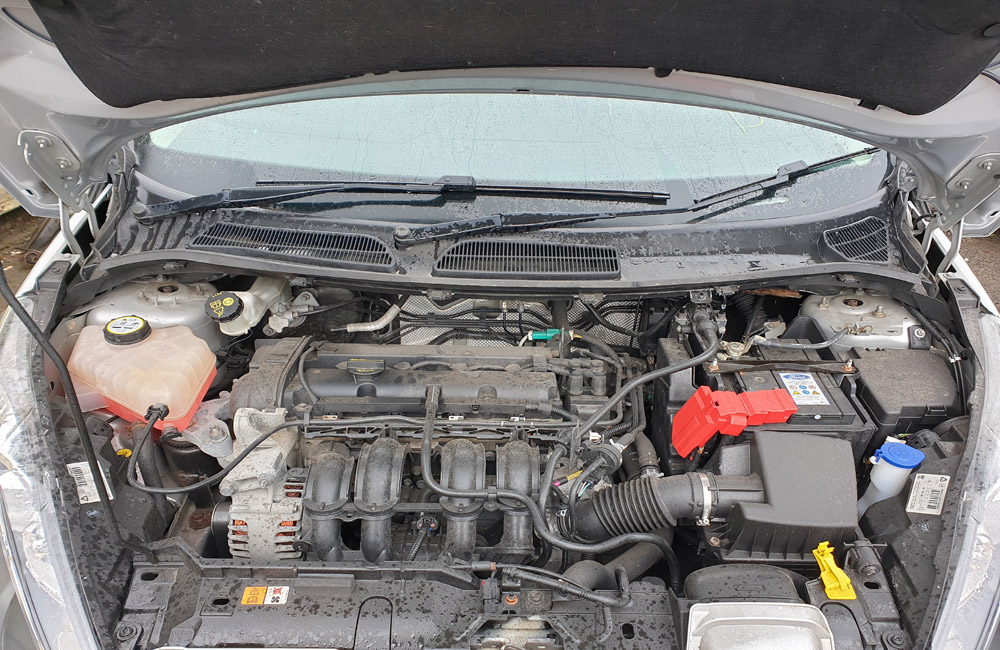Discover the Latest Ford Fiesta Engine Upgrades for Enhanced Power
Discover the Latest Ford Fiesta Engine Upgrades for Enhanced Power
Blog Article
Discovering the Development of Engines: From Traditional Styles to Modern Marvels
From the preliminary heavy steam engines that powered the Industrial Revolution to the appearance of interior burning engines that changed movement, each stage has added to greater efficiency and capacity. As we take a look at these landmarks, one should take into consideration how the future of engine layout might unfold, challenging our assumptions of power and efficiency.
The Birth of Engine Modern Technology
The development of engine modern technology marked an essential minute in human innovation, changing energy conversion and transportation. The earliest engines arised from the requirement to harness mechanical power for sensible use, leading to the advancement of gadgets that converted numerous power types into movement (ford fiesta engine).
The advancement of the interior combustion engine and the innovation of the heavy steam engine militarized an extensive shift in industrial capacities. These engines not just improved efficiency however likewise broadened the extent of human wheelchair, making it possible for extraordinary transportation possibilities. The early prototypes prepared for the mechanical world, promoting the surge of markets and reshaping social structures.
As engine designs advanced, they included ingenious materials and advanced engineering concepts, leading the way for modern-day developments - ford fiesta engine. The birth of engine technology ignited a relentless quest of effectiveness and power, establishing the phase for the dynamic evolution of transport and industrial equipment that would adhere to
Vapor Engines and Their Impact

The vapor engine's influence was especially apparent in the transportation market (ford fiesta engine). Steam-powered locomotives facilitated the quick activity of products and people throughout large ranges, effectively reducing the geographical barriers that had actually previously prevented profession and communication. Steamships transformed marine travel, permitting for quicker and much more trusted crossings of seas and rivers.
In sector, steam engines powered manufacturing facilities, making it possible for mass manufacturing and the rise of metropolitan centers as centers of financial task. This change not only modified labor dynamics but also contributed to the development of a consumer-driven culture. Furthermore, heavy steam innovation fostered innovations in engineering and production processes, laying the foundation for future advancements in engine style. The heritage of vapor engines is profound, showing a zero hour in human ingenuity and the unrelenting pursuit of progression.
The Increase of Interior Burning
Often outweighing vapor power, the rise of internal combustion engines noted a transformative change in transport and industry throughout the late 19th and very early 20th centuries. The growth of these engines, identified by their ability to burn gas within the engine itself, allowed greater efficiency and power compared to typical vapor engines. Pioneering innovators such as Nikolaus Otto and Rudolf Diesel here are the findings played crucial functions in improving engine styles, resulting in widespread fostering in autos, watercrafts, and industrial machinery.
The inner burning engine's compact size and reasonably lightweight nature assisted in the development of individual lorries, transforming specific mobility and reshaping urban landscapes. By making it possible for faster traveling and the effective transportation of goods, these engines militarized economic development and promoted globalization. The versatility of fuel alternatives, including fuel and diesel, better boosted their charm, allowing for varied applications across various fields.
In spite of the ecological issues that would later develop, the initial appeal of interior combustion modern technology lay in its transformative capacity. As culture welcomed this development, the structure was laid for modern transport systems, establishing inner burning engines as a foundation of industrial innovation and every day life throughout the 20th century.
Innovations in Engine Performance
As internal burning engines became indispensable to transportation and sector, the focus shifted in the direction of boosting their effectiveness to fulfill growing demands for performance and sustainability. Developments in engine style, product scientific research, and innovation hop over to these guys have considerably added to this development.
One significant innovation is the development of turbocharging, which enables boosted air intake, resulting in more total gas combustion and enhanced power outcome without increasing the size of engine dimension. Additionally, variable valve timing systems have been applied to maximize engine performance across different RPM varieties, therefore enhancing fuel effectiveness.
The use of innovative gas injection technologies, such as direct injection, has likewise played a crucial function. This method permits more exact control over the fuel-air blend, advertising much better combustion and minimizing exhausts. In addition, light-weight materials, consisting of light weight aluminum and composite elements, have been adopted to lower total engine weight, bring about improved effectiveness.
These improvements mirror a wider fad within the automotive market, where the synergy in between design development and ecological considerations drives the recurring mission article for higher efficiency in inner burning engines. Therefore, modern-day engines are now more powerful, cleaner, and reliable than ever previously, paving the way for a much more sustainable future in transport.
The Change to Electric Power
With growing problems over environmental impact and nonrenewable fuel source dependency, the automotive market is experiencing a substantial shift in the direction of electrical power. This change is driven by a combination of technical developments, governing stress, and altering customer preferences. Electric automobiles (EVs) provide a compelling option to traditional interior burning engines, flaunting reduced greenhouse gas discharges and reduced operating costs.
The surge of battery innovation has actually been a game changer, with lithium-ion batteries ending up being much more affordable and effective. Enhanced power thickness and faster charging capabilities have actually made EVs much more functional for everyday use. Federal governments worldwide are executing rewards and setting enthusiastic targets for phasing out fossil fuel cars, thereby increasing the adoption of electrical power.
Major car manufacturers are spending greatly in r & d, resulting in the intro of a varied variety of electric models. This consists of not just auto however additionally industrial vehicles and public transportation solutions. As charging infrastructure expands and battery modern technology proceeds to boost, the change to electric power is positioned to reshape the automobile landscape, promoting sustainability and innovation in the years to come. The future of transportation is electrical, and the energy is indisputable.
Final Thought
The advancement of engine innovation stands for a significant trajectory of technology that has exceptionally influenced transportation and sector. From the foundational vapor engines to the transformative inner burning engines, each advancement has added to enhanced mobility and financial development.

Report this page